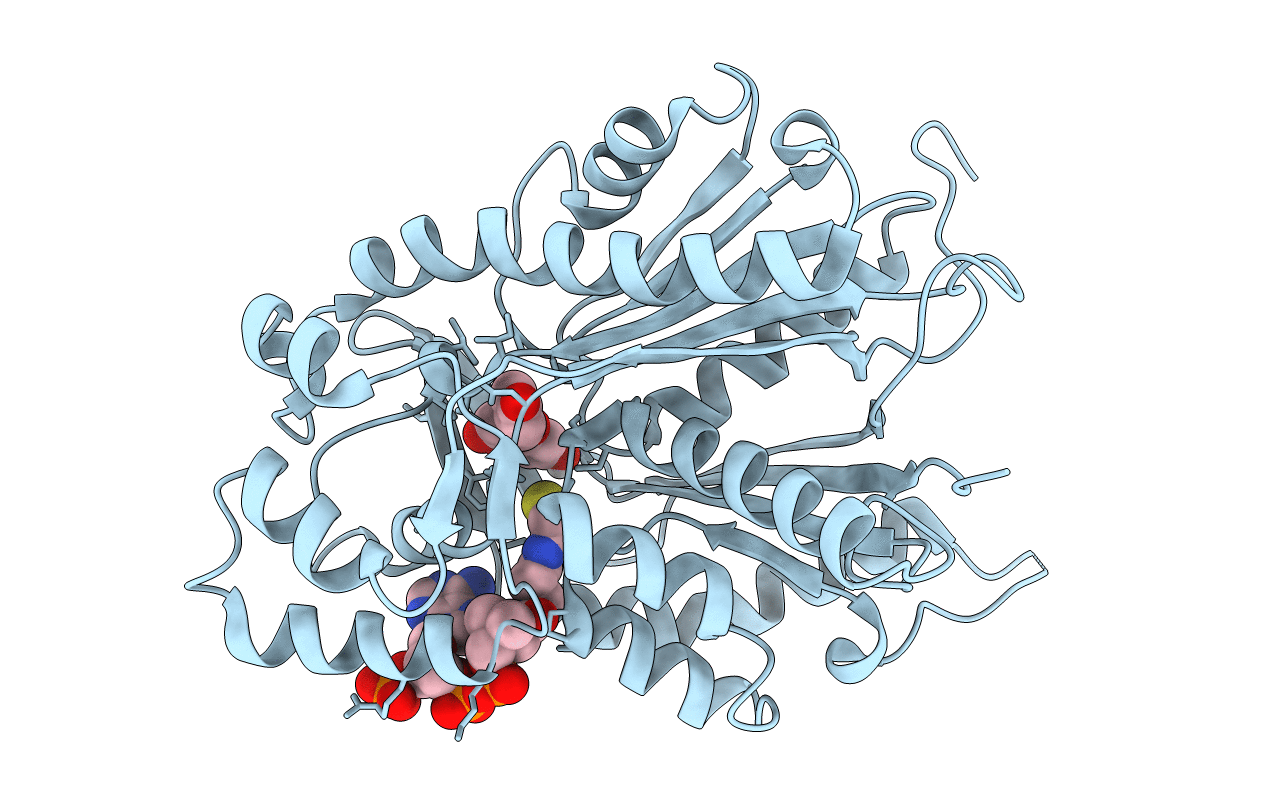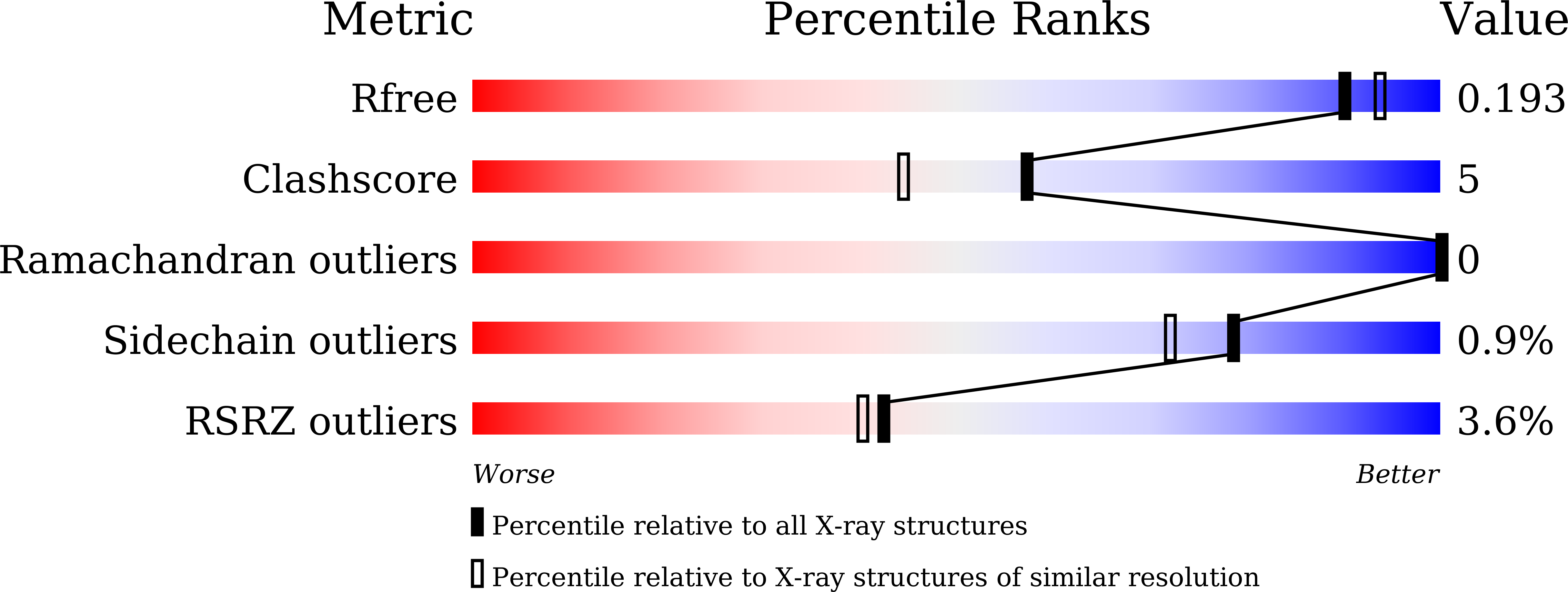
Deposition Date
2022-07-19
Release Date
2022-08-24
Last Version Date
2023-11-29
Entry Detail
PDB ID:
7YJ9
Keywords:
Title:
Crystal structure of Stenoloma chusanum chalcone synthase 1 (ScCHS1) complex with CoA and Naringenin
Biological Source:
Source Organism:
Odontosoria chusana (Taxon ID: 2066561)
Host Organism:
Method Details:
Experimental Method:
Resolution:
1.85 Å
R-Value Free:
0.19
R-Value Work:
0.15
R-Value Observed:
0.15
Space Group:
P 2 21 21


